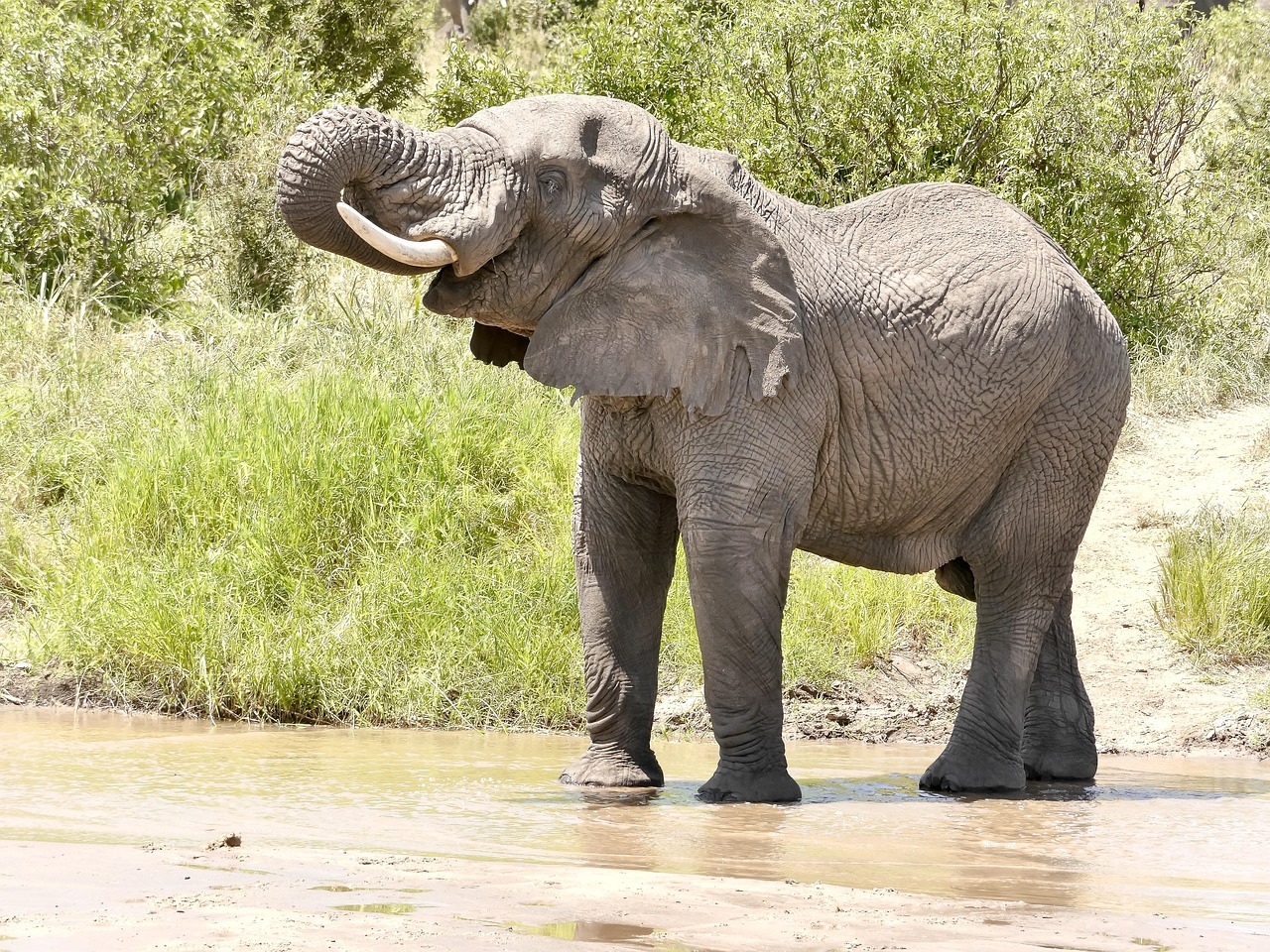🌍 Ngorongoro Crater: A Natural Wonder in Tanzania
The Ngorongoro Crater is one of Africa’s most spectacular and unique safari destinations. Formed over two million years ago by a collapsed volcano, it is the world’s largest intact volcanic caldera, covering 260 square kilometers (100 square miles) and plunging over 600 meters (1,970 feet) deep. This UNESCO World Heritage Site is often called the “Eighth Wonder of the World”, and for good reason — it’s a self-contained paradise teeming with wildlife.
If you’re planning a safari in Tanzania, a visit to Ngorongoro is simply unmissable.
📍 Location
📍 Ngorongoro Conservation Area, Northern Tanzania
Near Arusha and en route to Serengeti National Park
Easily combined with Tarangire, Lake Manyara, and Serengeti safaris
🌍 Why Visit Ngorongoro Crater?
🦁 Unmatched Wildlife Density — Over 25,000 animals in a compact area
🦏 Best Place to See Black Rhinos in Tanzania
🦓 Great for Big Five sightings in a single game drive
🌋 Stunning volcanic landscapes and lush crater floor
👣 Rich cultural experiences with Maasai communities
🛏 Wide range of lodges on the rim with breathtaking views
🦁 Wildlife in the Ngorongoro Crater
Ngorongoro Crater acts as a natural enclosure, keeping wildlife within its walls. The rich grasslands, freshwater lakes, swamps, and acacia woodlands provide perfect habitats.
✅ Animals You’re Likely to See:
| Species | Notes |
|---|---|
| 🦁 Lions | Large prides, often spotted near hippo pools |
| 🐘 Elephants | Mostly large bulls with huge tusks |
| 🦏 Black Rhinos | One of the best places in Africa to see them |
| 🐃 Buffalo | Common across the crater floor |
| 🐆 Leopards | Rare but seen on the crater rim forests |
| 🐗 Warthogs | Frequently grazing in open areas |
| 🦓 Zebras & Wildebeest | In abundance year-round |
| 🦛 Hippos | Found in the crater’s lakes and swamps |
| 🐆 Hyenas, Jackals, Servals | High predator density |
🦜 Birdlife Highlights:
Greater and Lesser Flamingos (Lake Magadi)
Crowned cranes
Kori bustards
Secretary birds
African spoonbills
🚙 What to Do in Ngorongoro Crater
1. Game Drives (Half-Day or Full-Day)
Most visitors descend into the crater for a 6-hour game drive (regulated by TANAPA). Mornings are excellent for predator sightings, while afternoons offer a different atmosphere with light shifting over the crater.
2. Visit Maasai Boma
Explore the traditional homes of the Maasai people, who live along the crater rim. Learn about their herding lifestyle, customs, and how they coexist with wildlife.
3. Empakaai & Olmoti Crater Hikes
Beyond the main crater, guided hikes can take you to Empakaai Crater (with flamingos in a crater lake) and Olmoti Crater, featuring waterfalls and lush highland trails.
4. Birdwatching
Ngorongoro is also a paradise for bird lovers, especially in the Lerai Forest and around the soda lakes.
🏕 Where to Stay: Lodges on the Crater Rim
Staying on the rim gives you quick early-morning access to the crater floor and epic sunrise views.
| Lodge | Type | Highlights |
|---|---|---|
| Ngorongoro Serena Safari Lodge | Mid-Range | Stunning views, cultural design |
| Ngorongoro Sopa Lodge | Mid-Range | Only lodge on the eastern rim, best sunrise views |
| &Beyond Crater Lodge | Luxury | Opulent design, top-tier service |
| Rhino Lodge | Budget | Simple but well-located, eco-conscious |
| The Highlands | Luxury (nearby) | Dome tents with a highland setting and hiking options |
💰 Ngorongoro Crater Safari Cost (Per Person Estimates)
| Safari Type | Duration | Price Range |
|---|---|---|
| Day Trip from Arusha | 1 day | $300 – $550 |
| Mid-Range Safari | 2–3 days | $750 – $1,300 |
| Luxury Safari | 2–4 days | $1,800 – $3,000 |
Includes crater entry fees, transport, guide, meals, and accommodation.
🗓 Best Time to Visit Ngorongoro Crater
| Season | Months | Highlights |
|---|---|---|
| Dry Season | June – October | Best wildlife viewing, clear skies |
| Short Rains | November – December | Fewer crowds, lush landscapes |
| Green Season | January – March | Calving season, good predator sightings |
| Long Rains | April – May | Fewer tourists, discounted rates, but muddy roads |
📝 Note: Wildlife is non-migratory, so sightings are excellent year-round.
🦴 Did You Know?
Ngorongoro is part of the Ngorongoro Conservation Area, which includes the famous Olduvai Gorge, a key archaeological site known as the “Cradle of Mankind.”
The crater supports the highest density of lions in Africa relative to its size.
Maasai pastoralists are permitted to live and graze livestock in the conservation area, making it a unique blend of wildlife and people.
✅ Final Thoughts
The Ngorongoro Crater is not just a safari destination — it’s a geological marvel, a wildlife sanctuary, and a cultural icon all in one. Whether you’re spotting rhinos grazing, lions lazing in the sun, or enjoying sweeping panoramic views from the crater rim, this natural wonder offers an unforgettable African safari experience.
Chat with our expert direct via email!
Request Your Tour Today!
Why Book With Olduvai Tours Tanzania Africa?
✅ Professional and knowledgeable local guides
✅ Customized safari experiences tailored for you
✅ Comfortable and safe safari vehicles
✅ Authentic accommodation options
✅ Excellent customer service from start to finish



